Kaunas in Lithuania: Baltics Berlin is written by Jacob Gowland Jørgensen

What experiences in Kaunas should you try?
There are only a few Danes who have visited Lithuania, and even fewer have heard of the big city of Kaunas, which is just over on the other side of the Baltic Sea. It is part of the more unknown Baltic states – that which lies outside Tallinn and Riga, and there is really a lot to experience. Kaunas will be European City of Culture in 2022, and there are several good reasons for that.
Kaunas can really be best described as the Berlin of the Baltics. It has been a divided border town on several occasions, it has been the capital for a period, and the town was like Berlin also heavily influenced by the Cold War. Kaunas in Lithuania is full of beautiful buildings that sit next to dilapidated houses, and there are cozy pedestrian streets with cafe life next to concrete avenues. In many ways, it is a city where the beautiful and the dilapidated go together.
This charming mix allows for a great deal of creativity, and although the city with its 300.000 inhabitants is only the second largest in the bette land Lithuania, it is a large event city with many artists who add color to it all.

Street art at new heights - street-level experiences in Kaunas
Kaunas is also the region's largest concert city, attracting big stars from abroad. We went inside and saw “Rock On Ice”, which was a rather festive mix of ice skating from some of the world's best runners served to music delivered live by a large orchestra. We were probably 10.000 spectators in the new arena, and it was going properly and cheerfully. Recommendable.
If you are fresh on more creative expression, you can conveniently take the train or bus for another hour Vilnius, which has a Christiania-like district with its own declaration of independence and lots of attitudes, art and fun and among other things a Tibet square.
You can find uncontrolled creativity in, for example, the Yard Gallery, where street art reaches new heights, and walls that have been given a fierce twist, for example with a pink elephant. There are new giant murals voted on by residents where locals spread their colors to the city. One of my favorites was created by a 7-year-old girl with princess, colored lollipops and rainbows. Kaunas is thus a spacious city that makes room for so much life and color in its midst.

Hand grenade throw for beginners meets "The hunt for Red October"
Kaunas was heavily affected by the Cold War and the Soviet occupation. Denmark was one of NATO's spearheads to the east with, among other things, the forts at Stevns and Langeland, where the latter played a significant role in the Cuban Missile Crisis, because they were among the first to spot nuclear missiles on the Russian ships.
Lithuania was on the other side of havet The Soviet Empire's important spearhead to the west, it left a huge mark on the city. Today you can still see the barracks where the attack forces that were to occupy Denmark in the event of war were trained.
Due to its high attic space, the medieval castle's neighboring church was used as a training place for parachute straps and for storing and drying the parachutes. After all, the Soviets were not exactly fussy about religion, so they might as well use the church for something practical!
When you ask the locals in Kaunas what this meant in everyday life, wild stories emerge that tell of the massively militarized city. Right up until independence in 1990, schoolboys were trained in grenade throwing in schools as part of gymnastics lessons. All were also trained to use gas masks.
A slightly older Lithuanian said that military training was also included in the universities. Only when you had passed shooting practice and thus proved yourself as a loyal party member who could be used in war, could you be allowed to go to the exam!
All military training was conducted in Russian, and many Lithuanians were conscripted into the Soviet army. One of the more famous is Jonas Pleškys, who was a major inspiration for the epic blockbuster “The hunt for Red October” with Sean Connery.
The film tells the story of a Soviet submarine captain from Lithuania who defected, which is exactly what Pleškys did when in 1961 he sailed from Lithuania to Sweden and ended up settling in USA.

A relationship in bloom
The relationship to Russia is still quite chilly, and after the EU sanctions against Russia, the Russian tourists also disappeared. In Lithuania, it seems as if you primarily see two paths: To the north, where there is cooperation with the other Baltic countries on, for example, better train connections. And to the west towards Scandinavia, which is a great source of inspiration for food and design.
If you go to one of the better restaurants in both Kaunas and Vilnius, there is often Scandinavian design and decor, and several of the best chefs have been in culinary education in Denmark, so the new Nordic cuisine has also left its solid footprint here.
For example, we got a wild "taste menu" at Restaurant Nüman, which is one of the best restaurants in the country, and although it was officially a 6-course meal, we got a total of 10 insanely creative dishes for just over 300 kroner, including beef with blueberry leather! All created by a chef who, among other things, has worked at NOMA.
We like! We had an affordable gourmet lunch at Monte Pacis, which sits alongside the ancient monastery of Pazaislis on the river, and there are also several microbreweries on the pedestrian streets with more classic and beer-friendly food. Kaunas in Lithuania also offers wonderful food experiences.

Scandinavia and Lithuania
The connections to Scandinavia have always been there, by the way. Although Lithuania is today a fairly Christian country, Lithuania was the last country in Europe to become Christian, and before that it had gods who must have been almost related to the Nordic gods, because the most important god was the God of Thunder, and the wooden figure of this thunder god on the view hill in Kaunas resembles for confusion a Nordic god. Water is called Vandou, and well yes, then thank you is called “Atjuu” (spelled Ačiū), but that's a word you know…
Kaunas is quite obvious to visit on an extended weekend, preferably with affordable delicious gastronomy and a live concert thrown on top of the hat. Direct flights over there cost almost nothing (see the green box above), and the food is good and cheap, so you really get something for your money, and then there is not least not overrun yet, so you can actually see the attractions instead of a range of selfie sticks.
Good trip to the more unknown part of the Baltics and lots of experiences in Kaunas in Lithuania.
You must see this on your trip to Kaunas, Lithuania
- Atomic KGB Bunker Museum
- Radhuset
- Cable cars in Kaunas
- Kaunas Castle
- The old part of town
Did you know: Here are 7 overlooked food experiences you must try in Austria
7: Gourmet at an altitude of 3,000 meters at the Ice Q restaurant in Tyrol
6: Eat cheese on the cheese street in Bregenzerwald near Vorarlberg
Get numbers 1-5 immediately by signing up for the newsletter, and look in the welcome email:
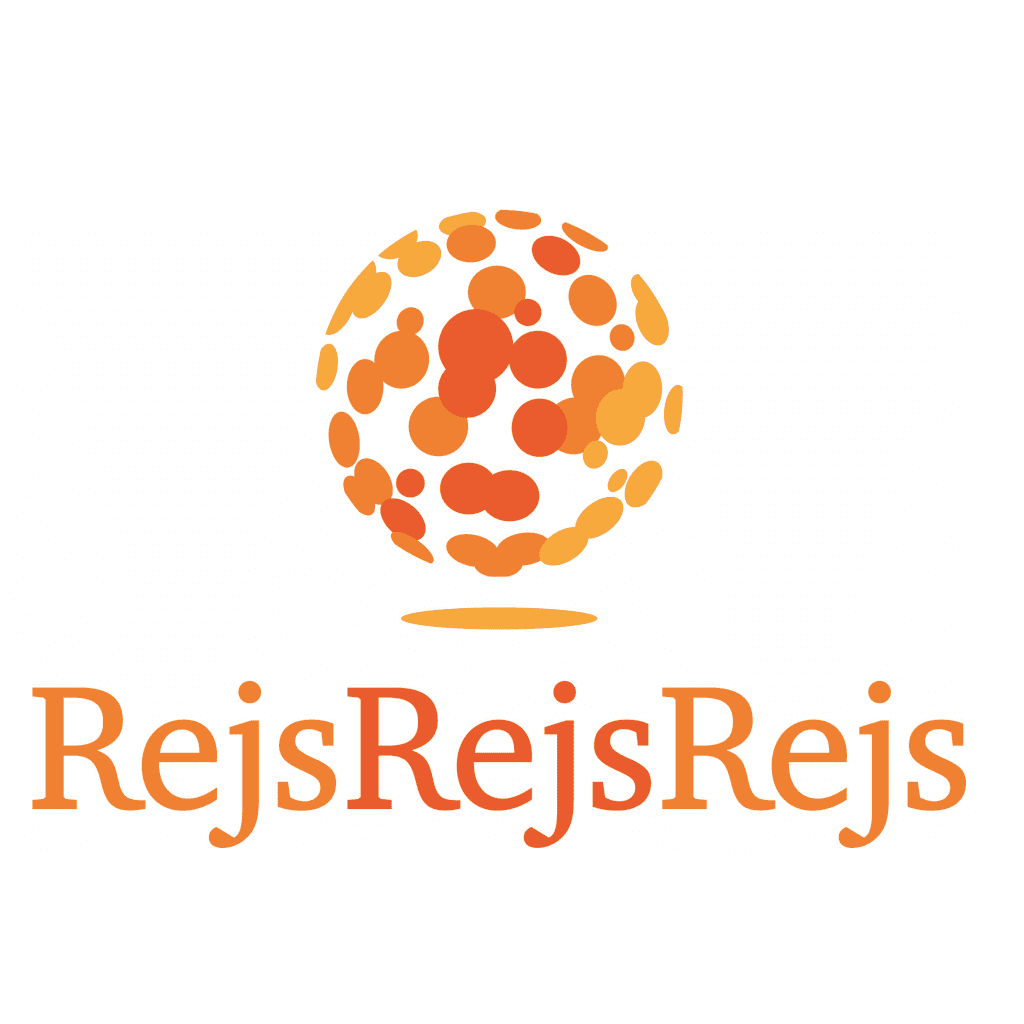




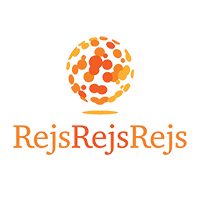



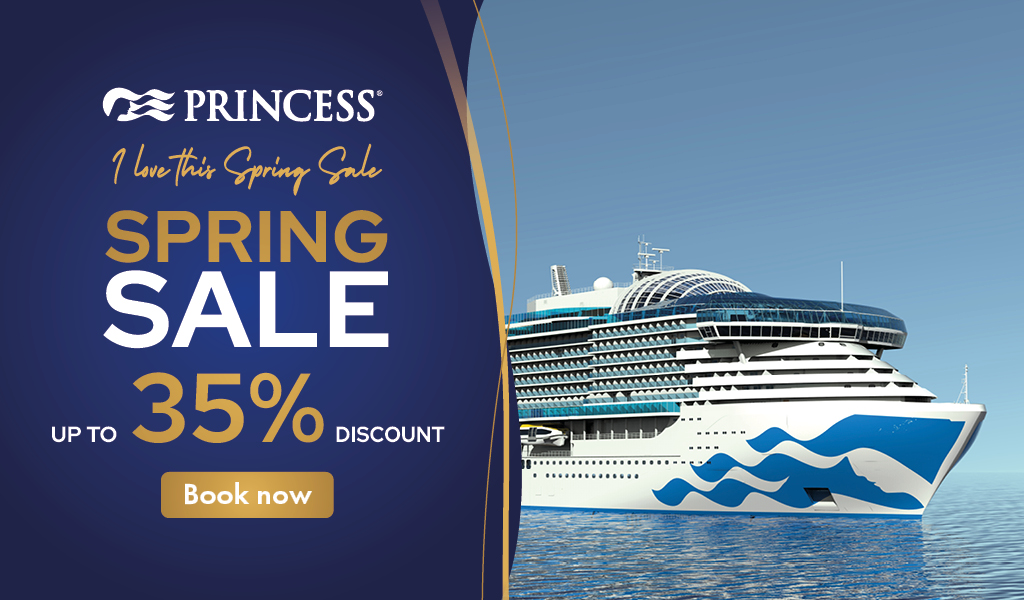











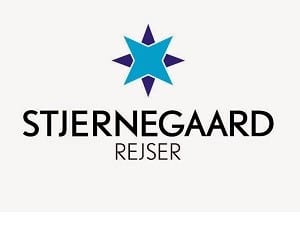
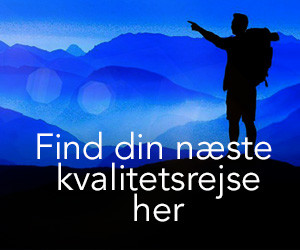

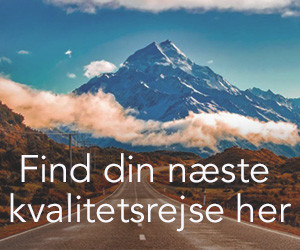

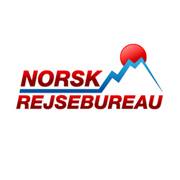
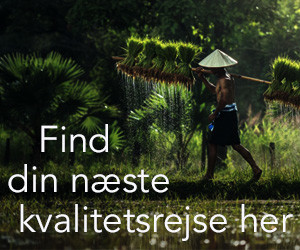
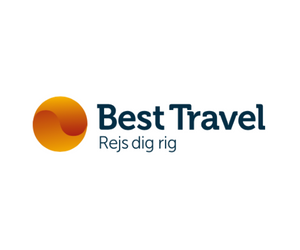
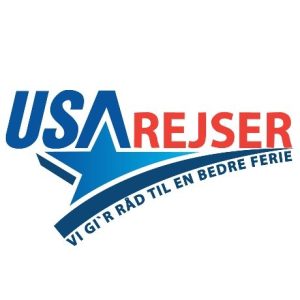


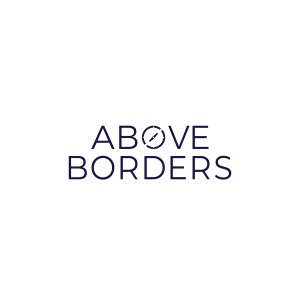
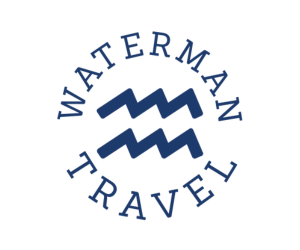
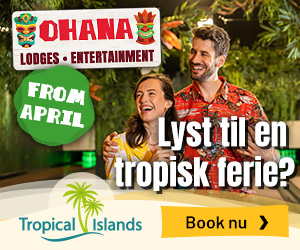
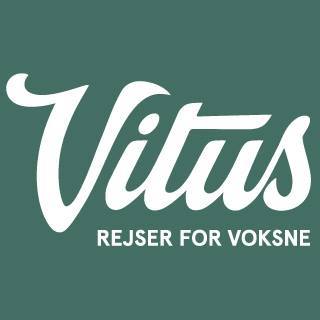

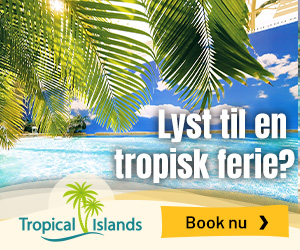

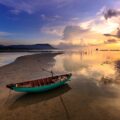
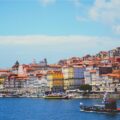


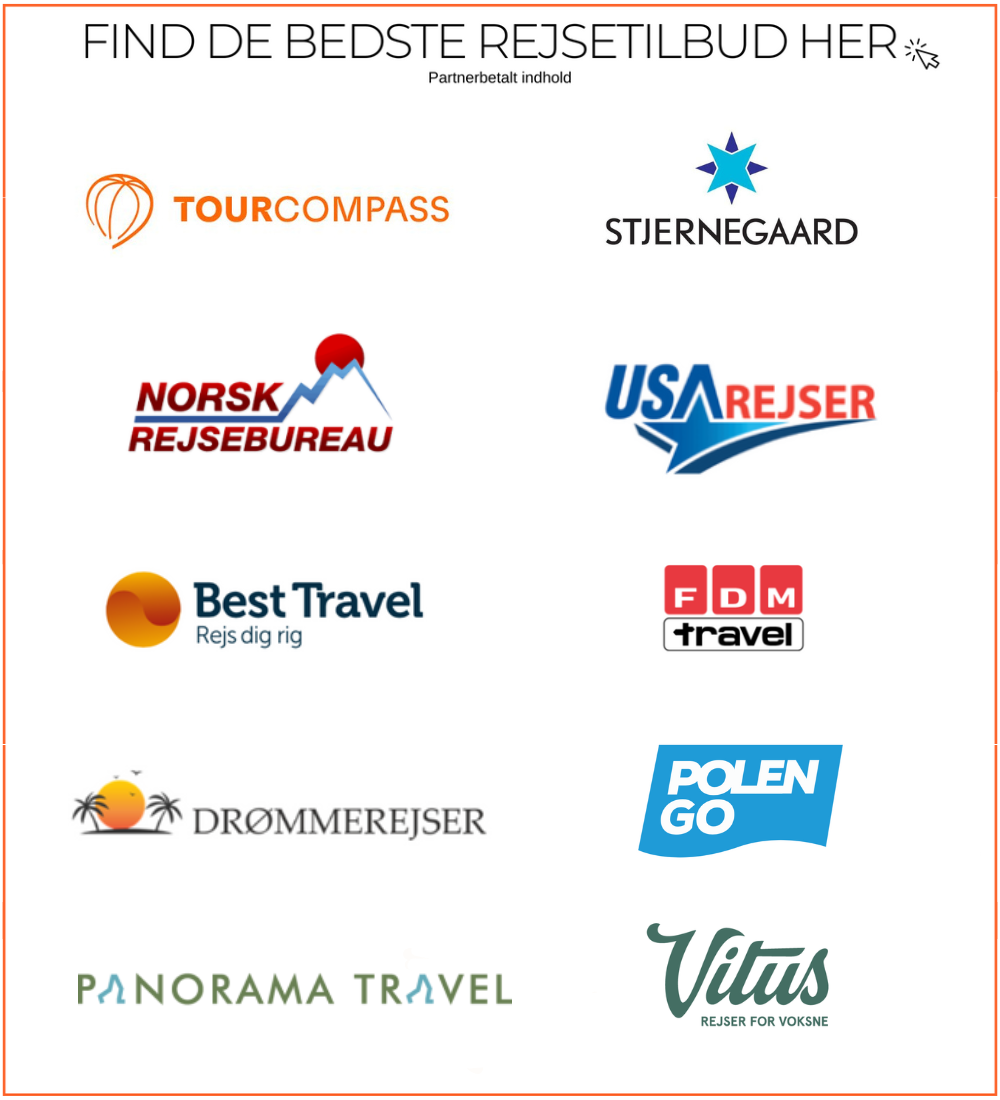
[…] Kaunas, Lithuania's second largest city, is a perfect destination for a weekend trip. Although the city is compact, it has a lot to offer, from historical sights to art and culture. Here's a guide to maximizing your 48 hours in Kaunas: […]